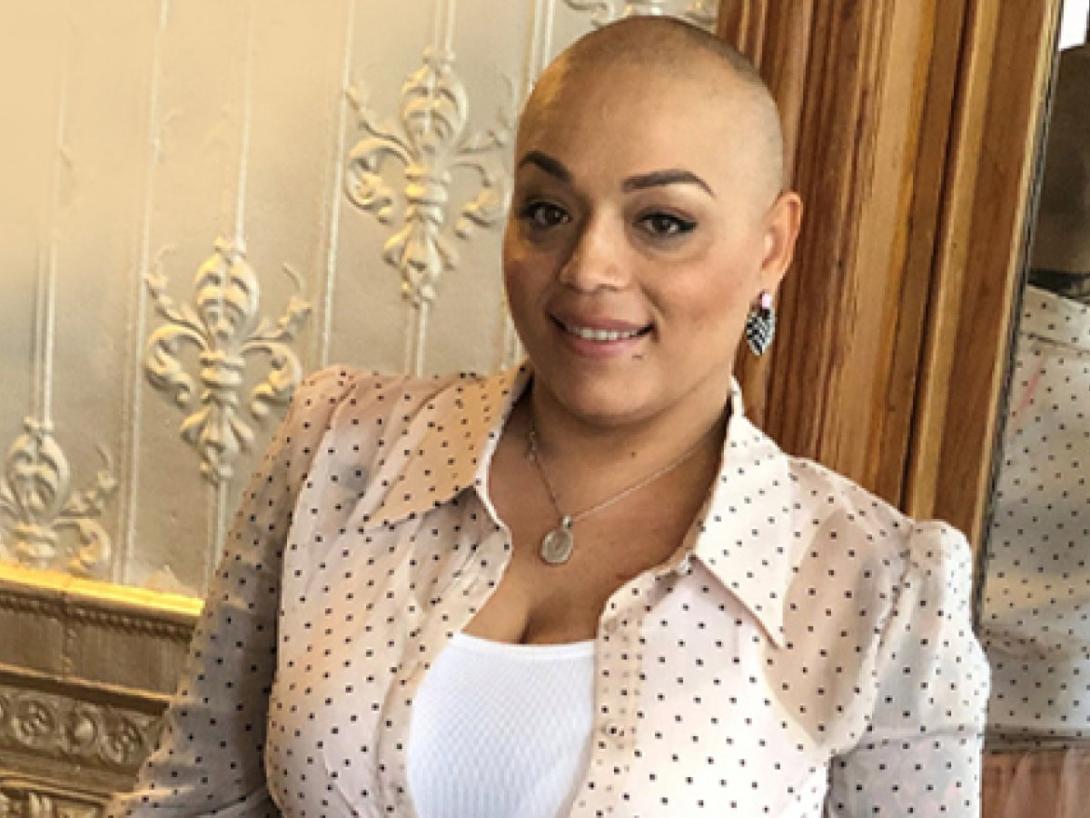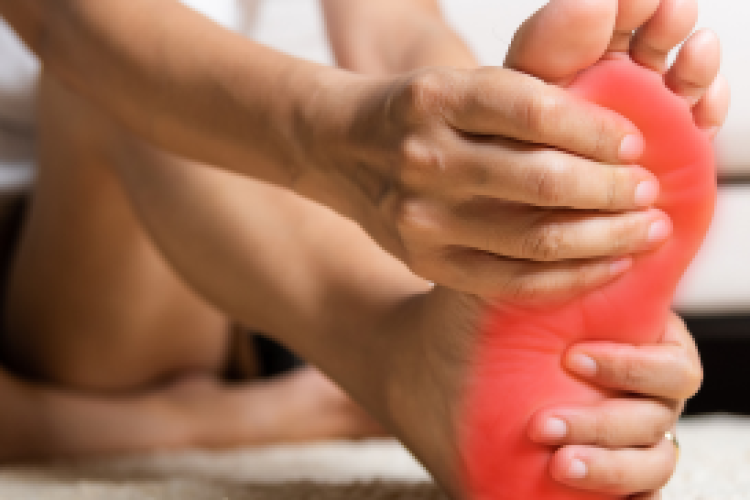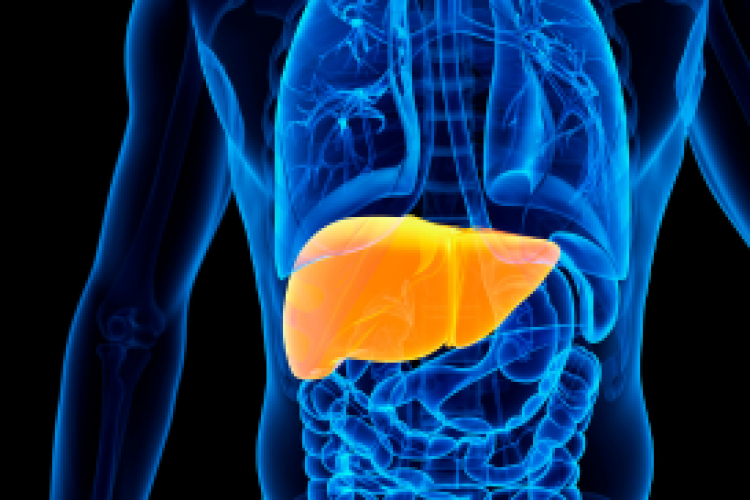
How a dream turned into a cancer diagnosis that led to successful treatment and a healthier lifestyle.
When we’re told to follow our dreams, it usually refers to pursuing our hopes and desires.
But in the case of Yvette Ramos, 39, this advice turned out to have a life-altering meaning.
Yvette woke one morning from a vivid dream of finding a lump in her breast, even though she’d had a normal physical exam only a month before.
“I couldn’t get it out of my head,” she says. “Finally, I went to the mirror and placed my hand on the spot from my dream, and there was a lump.”
As the mother of three daughters, one of whom is wheelchair-bound and blind, Yvette was terrified.
She returned to her physician, who sent her for a mammogram at The Breast Center at Montefiore Nyack Hospital, where the tumor was verified and a biopsy recommended.
“I was so scared about the results that I asked the hospital to call my fiancé, Robert, with the report.”
When he returned home one afternoon with flowers and candy, Yvette knew what was coming. He told her that she had Stage 2B cancer that was estrogen-positive and would need a lumpectomy
“It all happened so fast,” Yvette remembers. “One day I was planning my wedding, and the next I was scheduling surgery for breast cancer.”
Yvette decided to get married at the end of June and have the surgery on the first of July in Nyack.
“Everyone treated me like family at The Breast Center—from the nurses to my wonderful breast surgeon, Dr. Adrienne Fueg, who performed the lumpectomy, to Dr. Sung Ho Lee, my oncologist.”
Three of Yvette’s lymph nodes tested positive and were removed along with her tumor. She then faced chemotherapy and radiation.
Yvette also was introduced to the Genetic Risk Review Program at The Breast Center, where genetic counseling is followed by testing based on patient risk factors. Overseen by Nelly Oundjian, MD, this testing is a valuable tool for discovering whether a patient has inherited a harmful gene mutation that increases her risk of breast cancer—in Yvette’s case, in her opposite breast. The primary risk factor that made Yvette a candidate for genetic testing was having breast cancer under age 50.
Her counselor helped her understand how testing could provide important information on how to proceed with her care.
“I was at the mall when I got a voice mail telling me that the genetic testing was negative,” she says. “Such a relief. No need for my daughters to get tested.”
A preventive care plan was devised for Yvette that focused on her losing weight, exercising and eating more healthily.
“For exercise, I walk with my daughters and push my handicapped daughter in her wheelchair,” says Yvette.
She also designed a T-shirt that reads: “Check your melons!”
“When people ask me what it means, I tell them my story. My daughters have become more aware of the importance of checkups and healthy living. But I want my journey to be helpful for everyone.”



 Upcoming Events
Upcoming Events



